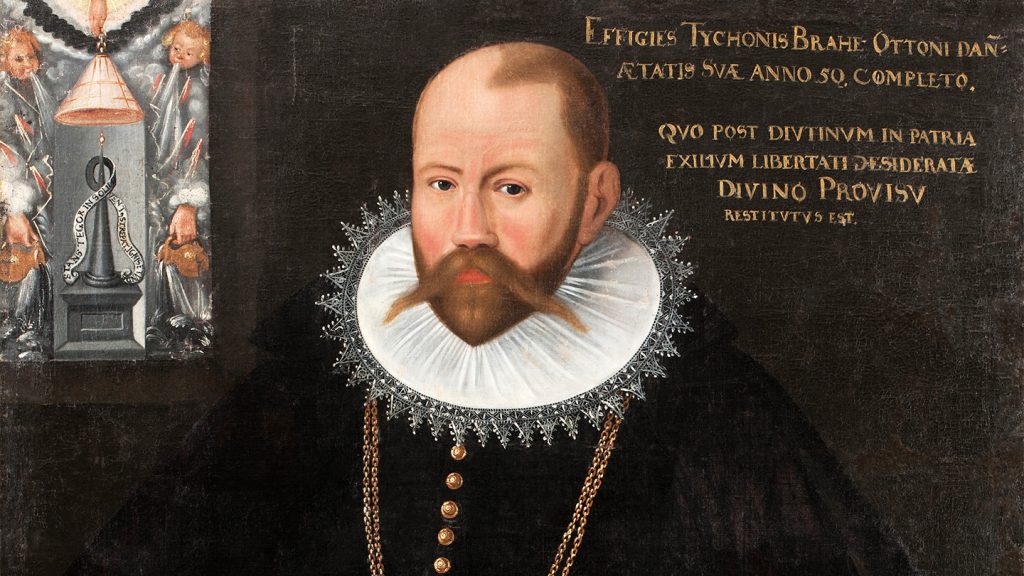A recent study published in Heritage Science on July 25 reveals new secrets about the 16th century Danish astronomer Tycho Brahe. While Brahe is known for his astronomical observations, he also dabbled in alchemy, creating elixirs like the medicamenta tria. Chemist Kaare Lund Rasmussen analyzed broken glassware belonging to Brahe and found elevated levels of nine metals, including mercury, copper, antimony, and gold, which are known to have been used in Brahe’s elixirs.
The analysis was conducted on ceramic and glass shards excavated from Brahe’s laboratory on the Swedish island of Ven. While previous accounts of Brahe’s work in alchemy were based on secondhand information, this study provides direct evidence from the artifacts. The shards contained traces of different metals, with some metals found on just the exterior or interior sides, while others coated both. This suggests that the vessels may have picked up the metals accidentally or may have been used in specific chemical processes.
In addition to the metals commonly used in the medicamenta tria, the shards also contained nickel, zinc, tin, lead, and tungsten. These metals were not listed in any of Brahe’s recipes, leading the researchers to propose that the ceramic vessel may have been used to collect waste. Tungsten, in particular, was not intentionally isolated until 1783, long after Brahe’s death. This suggests that Brahe may have been experimenting with a variety of materials in his alchemical pursuits.
The presence of tungsten on the ceramic shard is particularly intriguing, as it was a metal not commonly known in Brahe’s time. It is possible that Brahe was investigating the properties of tungsten unknowingly, as reports from the 16th century suggested that it could affect the smelting process of tin ore. This discovery opens up new questions about Brahe’s knowledge and experiments in alchemy and metallurgy.
The study sheds light on the lesser-known aspects of Tycho Brahe’s work and provides insights into his alchemical practices. By analyzing these artifacts, researchers can uncover new information about historical figures and their contributions to science and chemistry. The findings offer a glimpse into Brahe’s alchemical pursuits and the materials he used in his experiments, expanding our understanding of this renowned astronomer’s legacy.
Overall, the study adds a new layer of complexity to Brahe’s scientific endeavors and highlights the interdisciplinary nature of historical research. By examining artifacts from the past, researchers can piece together the secrets of renowned figures like Brahe and gain a deeper appreciation for the intersections between astronomy, alchemy, and metallurgy in the Renaissance period.


